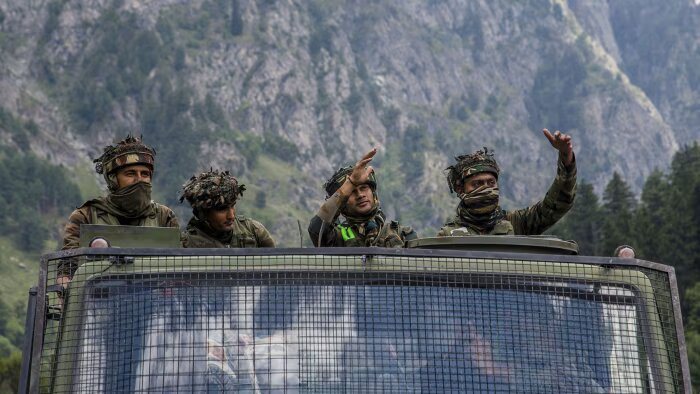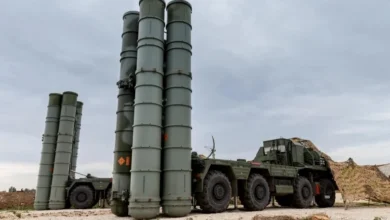Amidst Tensions With China, The Indian Army Enhances Its Border Defence By Deploying State-Of-The-Art Firing Range

- There is a gradual shift from using traditional animal transport to utilizing modern vehicles such as all-terrain and rugged-terrain vehicles.
- The Indian Army's dedication to fortifying its defense capabilities in response to evolving threats is evident in its recent acquisition of a new field firing range and integration of advanced technologies.
In an effort to strengthen its defensive capabilities along the disputed border with China, the Indian Army is in the process of procuring a new field firing range in a northeastern state. This decision was prompted by the closure of a vital firing range in Uttar Pradesh, which was necessary for the construction of an airport in Ayodhya. The need for immediate relocation of training sites has led to this recent development.
Field firing ranges are a crucial component of the Indian Army, playing a vital role in their training programs. They are essential for refining the abilities of new soldiers and keeping experienced personnel prepared for combat. Without a secure and operational firing range, the maintenance of operational readiness for the armed forces becomes an uphill battle.
An Army official stressed the importance of acquiring a new range due to safety concerns caused by the Ayodhya airport. With the airport now active, conducting maneuvers or artillery firing in that area is no longer safe. As a result, we are in the process of obtaining a new field firing range in the northeastern region, near the border with China. This will allow us to maintain crucial training exercises while ensuring safety.
Upon completion, the newly established range will cater to the Army’s training requirements for deploying heavy arms such as tanks and infantry combat vehicles (ICVs). These exercises play a vital role in equipping the Army for safeguarding India’s borders, specifically in the rough and demanding regions of the northeast. Furthermore, this acquisition is viewed as a calculated step to strengthen India’s military presence along the Chinese border, where conflicts have escalated in recent times.
The need to move the firing range at Ayodhya brings attention to the challenges the Indian Army faces in balancing both national progress and military readiness. While the construction of the airport is a noteworthy infrastructure endeavor, it unintentionally jeopardized the usability of the current range, leading to the quest for a new site.
The Army’s progressive mindset extends beyond obtaining new ranges. In keeping with worldwide patterns and environmental concerns, the Indian Army is at the forefront of implementing eco-friendly technologies in its operations. The fleet will soon include electric buses, cars, and motorcycles. Partnerships with Indian Oil Corporation Limited (IOCL) and National Thermal Power Corporation (NTPC) are currently in progress to establish green hydrogen facilities and buses, specifically for high-altitude regions like Leh and Chushul.
The Army has been evolving its focus on last-mile connectivity in mountainous areas. There is a gradual shift from using traditional animal transport to utilizing modern vehicles such as all-terrain and rugged-terrain vehicles. Additionally, the use of military dogs continues to expand within the Remount and Veterinary Corps (RVC). This includes incorporating indigenous breeds like Mudhol hounds and Rajapalayams into their operations. These canines are trained for various tasks including explosive detection and search and rescue missions.
The Indian Army’s dedication to fortifying its defense capabilities in response to evolving threats is evident in its recent acquisition of a new field firing range and integration of advanced technologies. By continually innovating, the Army equips its personnel with the necessary skills and tools to safeguard the nation’s sovereignty and security.







Facebook Comments